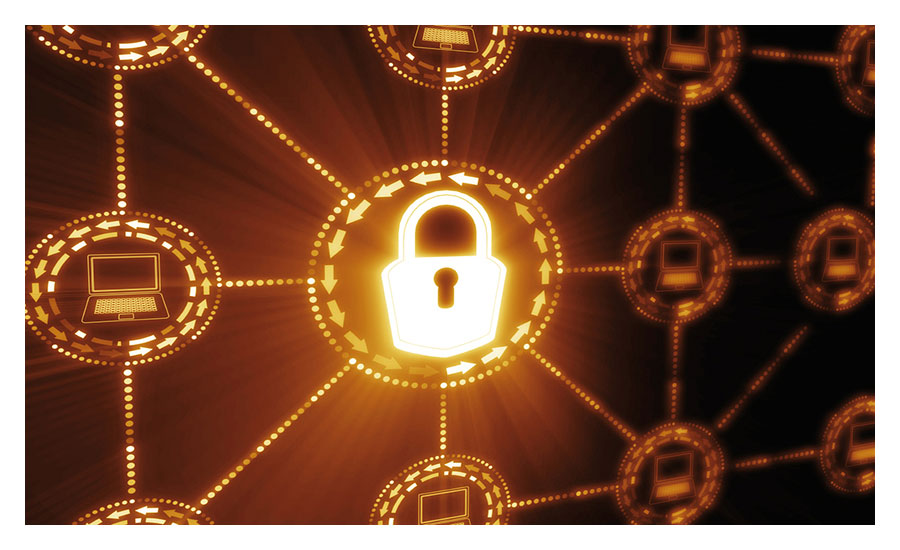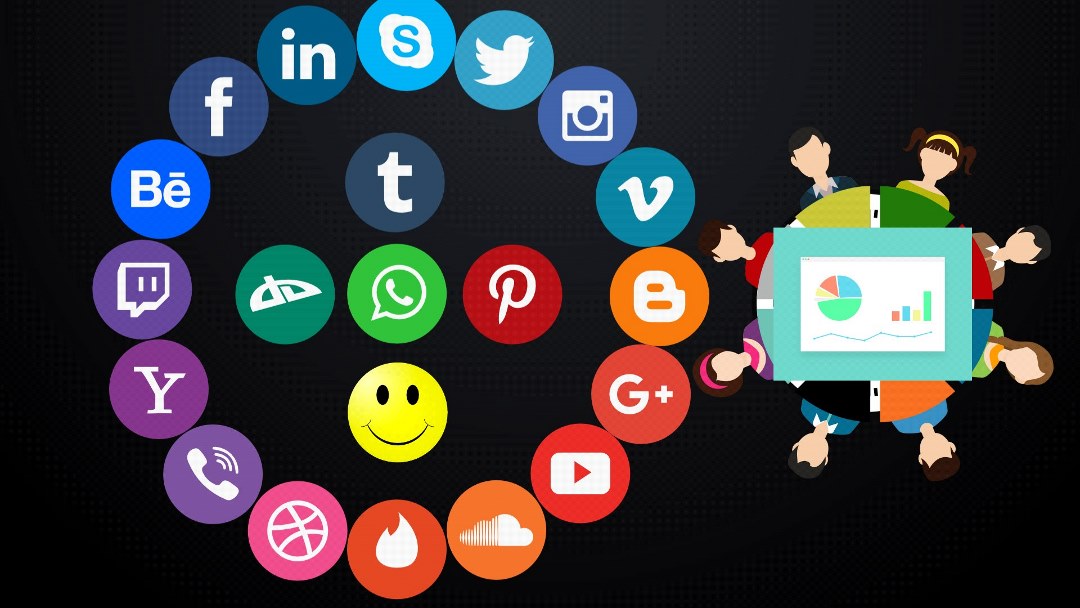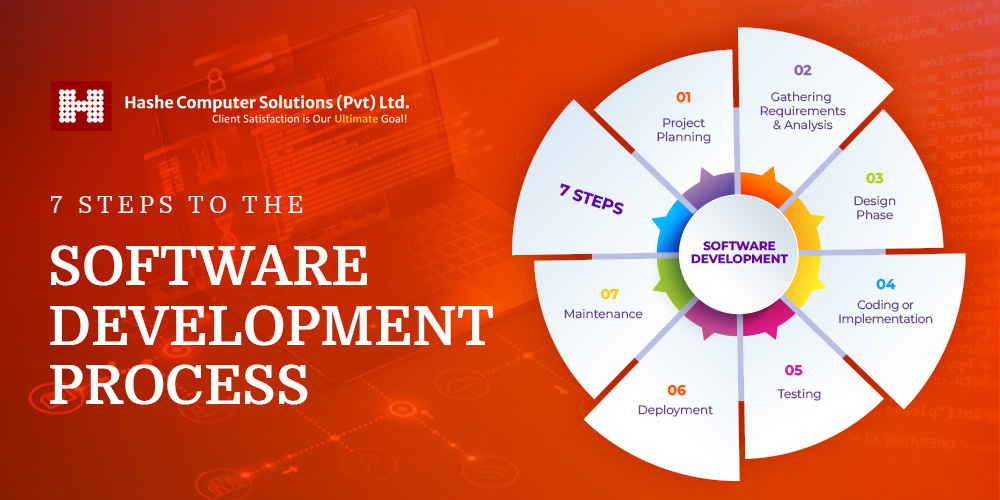The Internet of Things (IoT) is revolutionizing the retail industry by introducing innovative technologies that enhance the shopping experience for consumers and improve operational efficiency for retailers. From smart shelves and connected devices to personalized shopping experiences and inventory management systems, IoT is transforming the way retailers interact with customers and manage their businesses. Here’s how IoT is reshaping shopping in the retail sector:
1. Enhanced Customer Experience
IoT technologies enable retailers to create personalized and interactive shopping experiences for customers. Smart mirrors, interactive displays, and beacon technology can provide shoppers with real-time product information, personalized recommendations, and promotions based on their preferences and browsing history. By leveraging IoT, retailers can engage customers in meaningful ways, improve brand loyalty, and increase sales.
2. Smart Inventory Management
IoT-powered inventory management systems allow retailers to monitor product levels, track inventory movement, and optimize stock replenishment processes in real time. RFID tags, sensors, and connected devices can provide accurate and up-to-date information about product availability, location, and shelf life, enabling retailers to reduce stockouts, minimize overstocking, and improve supply chain efficiency.
3. Predictive Maintenance
IoT sensors embedded in store equipment and facilities can monitor the health and performance of critical assets, such as refrigeration units, HVAC systems, and lighting fixtures. By collecting data on equipment usage, energy consumption, and maintenance needs, retailers can implement predictive maintenance strategies to identify potential issues before they occur, minimize downtime, and reduce maintenance costs.
4. Seamless Checkout Experience
IoT technologies are transforming the checkout process by enabling frictionless and contactless payment options. Mobile payment systems, self-checkout kiosks, and RFID-enabled shopping carts streamline the checkout process, allowing customers to pay for their purchases quickly and securely. By eliminating long lines and reducing wait times, retailers can enhance customer satisfaction and improve overall store efficiency.
5. Supply Chain Visibility
IoT-enabled supply chain solutions provide retailers with end-to-end visibility and control over their supply chain operations. Connected sensors, GPS tracking devices, and blockchain technology can track products from the manufacturer to the store shelves, allowing retailers to monitor shipment status, optimize delivery routes, and ensure product quality and authenticity throughout the supply chain.
6. Data-driven Insights
IoT-generated data provides retailers with valuable insights into customer behavior, preferences, and trends. By analyzing data from IoT devices, retailers can gain a deeper understanding of customer shopping patterns, optimize store layouts, and tailor product assortments to meet changing consumer demands. These data-driven insights empower retailers to make informed decisions and drive business growth.
Conclusion
The Internet of Things is transforming the retail industry by introducing new technologies and capabilities that enhance the shopping experience for customers and improve operational efficiency for retailers. From personalized shopping experiences and smart inventory management to predictive maintenance and seamless checkout options, IoT is revolutionizing every aspect of the retail journey. As IoT continues to evolve, its impact on the retail sector is expected to grow, driving innovation, efficiency, and competitiveness in the dynamic and ever-changing retail landscape




